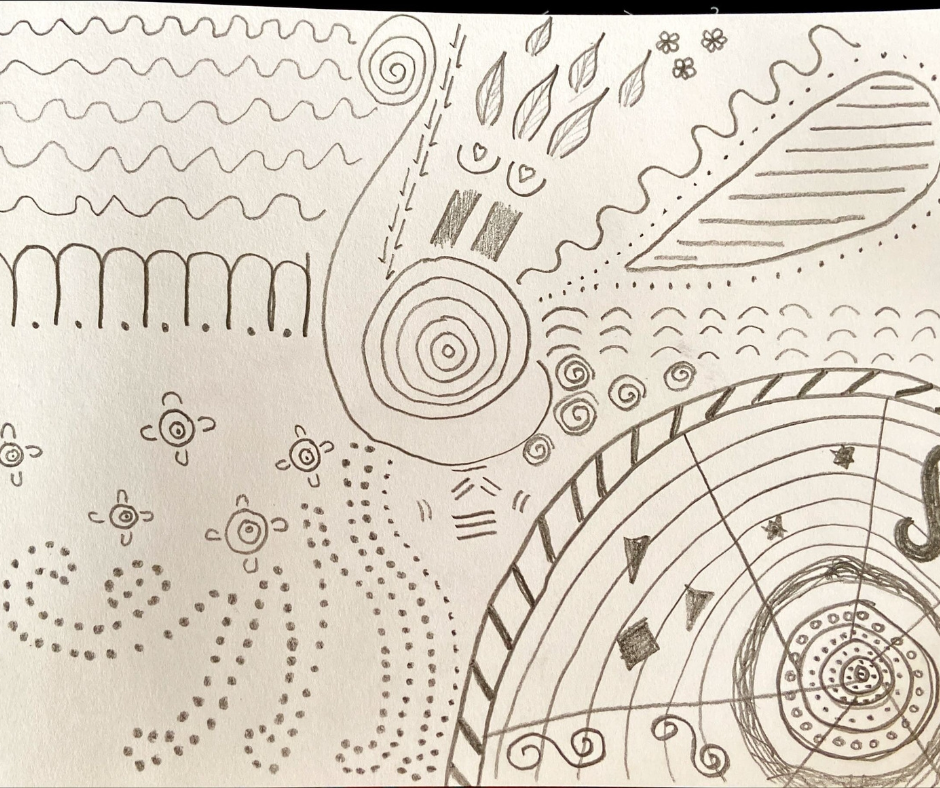
A lot of people who come to see me about difficulties with life have alexithymia.
Alexithymia basically means you have problems feeling, identifying and expressing emotions. The word comes from Ancient Greek and means no words for emotion.
Researchers consider 1 in 10 people have this condition, so it is relatively common.
There are some conditions associated with Alexithymia. Autism is the best known, but people with Childhood PTSD, depression and a trauma history are also noted to have it.
WHAT ARE SOME OF THE SIGNS OF ALEXITHYMIA?
What might you notice if you have alexithymia?
• You find it hard to understand what emotions you are experiencing
• It is hard to communicate your emotions to others
• Difficult to understand you own internal thoughts and feelings
• Difficulty identifying bodily sensations and the emotions they are connected to
• Difficulty identifying the emotions in others and responding to them
• Difficulty understanding the nonverbal communication of others
• You may experience difficulties with imagination
• You may have a thinking style that is logical and rigid and does not factor in emotions
• You may find it hard to cope with stress
• You may be less altruistic than other people
• You may find it hard connecting and relaxing with others and may appear to them to be distant, rigid and humourless.
• You may feel little satisfaction with your life.
WHAT PEOPLE EXPERIENCE
One person I spoke with described alexithymia as feeling an emotion in her body but her brain not being told about it. She experienced a disconnection between the sensations she was feeling in her body and her ability to understand and share with others what emotion was attached to those sensations. In other words, she found it difficult to identify and describe her emotions.
Another person I worked with used to journal what she was feeling in her body and anything happening around her or with her at the same time. Over time she identified sensations she understood to be certain emotions.
For example, she used to feel a pleasant sensation in the centre of her chest and found she experienced it whenever she thought about her children. She realised she was feeling love.
On occasion she would feel a funny bubbly feeling in her stomach that felt like it would explode. She realised this feeling came up when she was anticipating wonderful things about to happen. She realised she was excited.
She learned to attach the feelings to the emotions she had identified. But she is a long way from understanding all her feelings and she is still caught out by body sensations she has not learned to understand.
Not all people with alexithymia are able to learn to identify their emotions. But it can be worth trying. You never know, you may be able to learn to identify them.
WHY DO SOME PEOPLE NOT LEARN TO IDENTIFY THEIR EMOTIONS?
Children learn to identify their emotions from their parents. Parents help children identify what they are feeling by naming the emotions they are feeling. When children feel safe in their environment they are able to learn to identify all the times they feel a certain emotion. As time goes on they can identify new emotions because they have learned that body sensations are linked to emotions and will search to understand new body sensations.
If a child is not interacted with in that way then it is difficult for them to learn this.
Neurodivergent children learn differently and need different approaches to teach them. If a child is identified as being neurodivergent they can be directed to programs to help them learn.
HOW DOES TRAUMA IMPACT LEARNING TO IDENTIFY EMOTIONS?
For children raised in trauma situations there is often no one to help them understand the array of emotions they feel. Also, trauma is terrifying. Fear activates protective responses in the brain that turn off conscious thinking in order to defend from danger. When the conscious brain is turned off then it is not possible to be aware of emotions, let alone understand them.
Additionally, there is frequently no one to help the child later to process the array of emotions they have just experienced. It is quite likely in those situations that the body sensations become linked to the trauma experience and suppressed.
Another way child don’t learn to understand their feelings is when children feel certain emotions and are overridden by adults in their life. An example may be when a child is afraid of something and are told not to be so silly and are forced to do what they are frightened of. Another example is when a child doesn’t want to play with someone because they feel uncomfortable around them and are told they are being ridiculous and forced to go play.
In both the above examples, the child’s feelings are dismissed and overridden. This causes the child to believe their internal feelings are not valid. That leads to them not trusting what they feel in their own bodies. So the child learns to ignore what they are feeling and can no longer identify what emotions they are experiencing.
Adults who have never learned to identify their emotions can become expert at shutting off contact with their bodies. For them, being asked what they are feeling in their bodies becomes impossible and stressful. They don’t know how to feel what is in their bodies. When they try they feel overwhelming fear because opening up their contact with their bodies releases a lifetime of locked away terrifying emotions.
CAN I LEARN TO FEEL MY EMOTIONS?
Yes, you can. It is not easy but you can. How do I know? Because I learned to do it once I became an adult. It took a long time, and a lot of healing, but I did it.
HOW I CAN HELP YOU
If you would like to talk to me about how I can help you with learning to understand your emotions, please contact me on 0409396608 or nan@plentifullifecounselling.com.au
If you would like to learn more, I write a regular newsletter with interesting information, tips, information on courses, and the occasional freebie. At the moment I have a free mindfulness meditation for anyone who signs up to my newsletter. This meditation offers a way to safely explore your feelings and learn to be okay with them. If you would like to subscribe please click on the link here: http://eepurl.com/g8Jpiz
